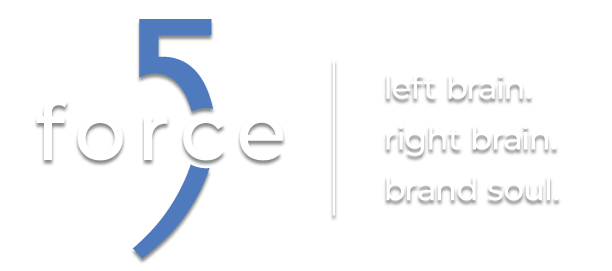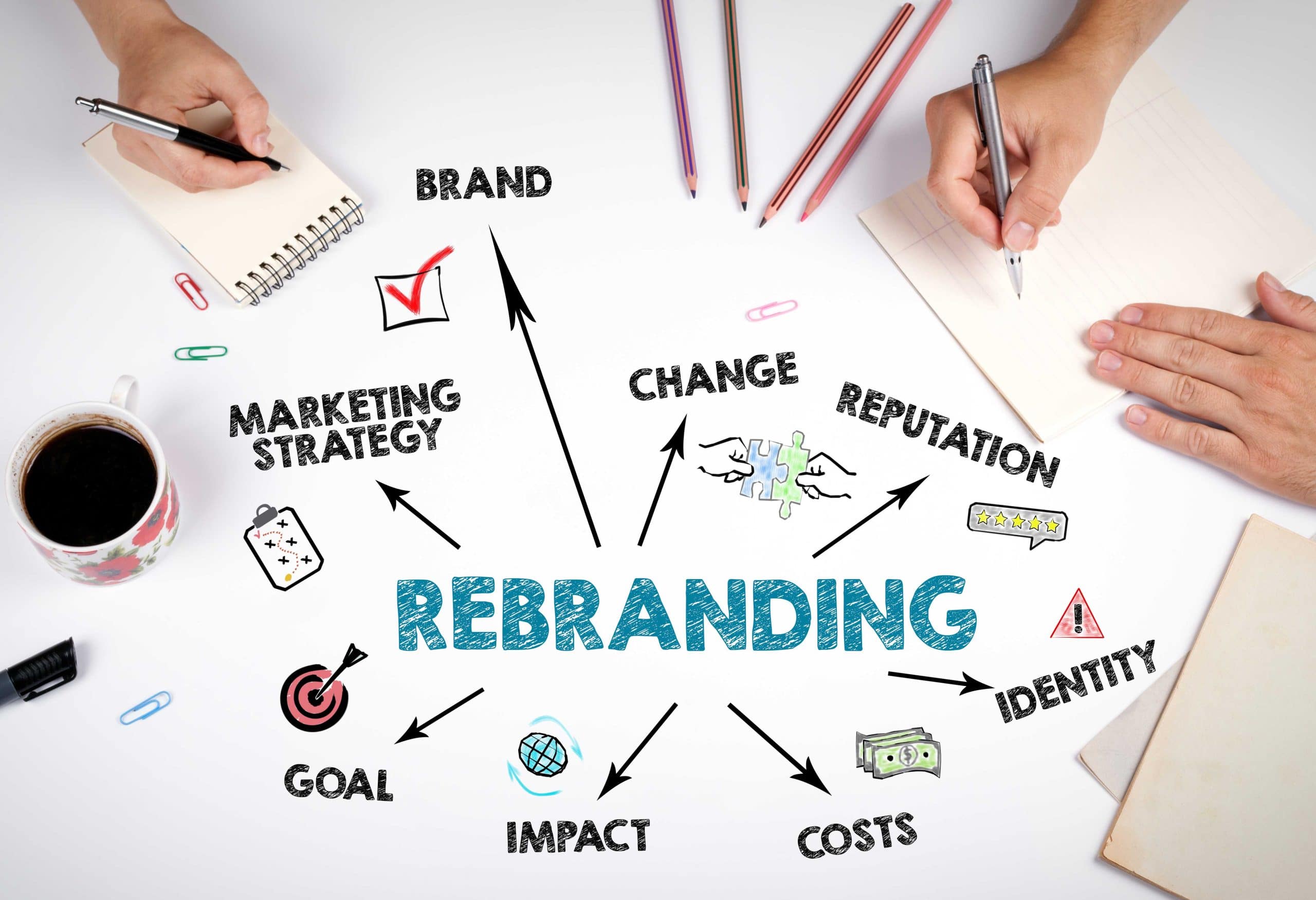Recently the design community has been debating the trend of skeuomorphism in design – specifically UI design. While the debate itself has blurred to the point of debating about what was being debated about, the core question remained: “When does Skeuomorphism make sense in UI design?”
What is Skeuomorphism?

In relation to UI design, Skeuomorphism is the method of creating an interface based on real-world objects. The most basic and familiar method of this is perhaps the desktop metaphor for operating systems running on personal computers. The focus on this design methodology has become more forefront recently when Apple’s UI design trend was questioned when Apple’s iOS chief Scott Forstall was forced out of the company. There are of course several levels of skeuomorphism. You can go overbo
ard. It ranges anywhere from simple textures to fully replicated physical objects.
Some say Apple crossed the line. In a few select cases I agree – see the unnecessary, performance taxing background animations of Apple’s own Podcast iOS app (since updated to remove this animation). The interface featured reel-to-reel tape animation during podcast playback.

Where’s the Benefit?
Within the appropriate audience, the skeuomorphic approach is beneficial for most functional situations. Why? One word:

comfort. Using real world, relatable objects, the user can create their own implications on how to take the necessary steps to learn to use the application. This strips some of the intimidation that keeps users from exploring, testing, playing, and most of
all, learning. Understanding the intent of the application is an important step in showing the user what to do next. For example, in Apple’s Voice Memos app you are presented with 1) the traditional microphone implying the intent of this app: to record audio 2) the level indicator showing the audio level of incoming audio and 3) the record button that will initiate the recording. It is a basic display but you have an idea of the process and intent of the app. Using relatable objects in UI design helps users learn and become comfortable – ultimately empowered. The process of discovery and empowerment is very powerful in terms product loyalty. This is where the value is generated. Emotional connections are made during these processes. Marketers and board members rejoice. What is your take on skeuomorphic approaches in UI design? Let us know in the comments below.



